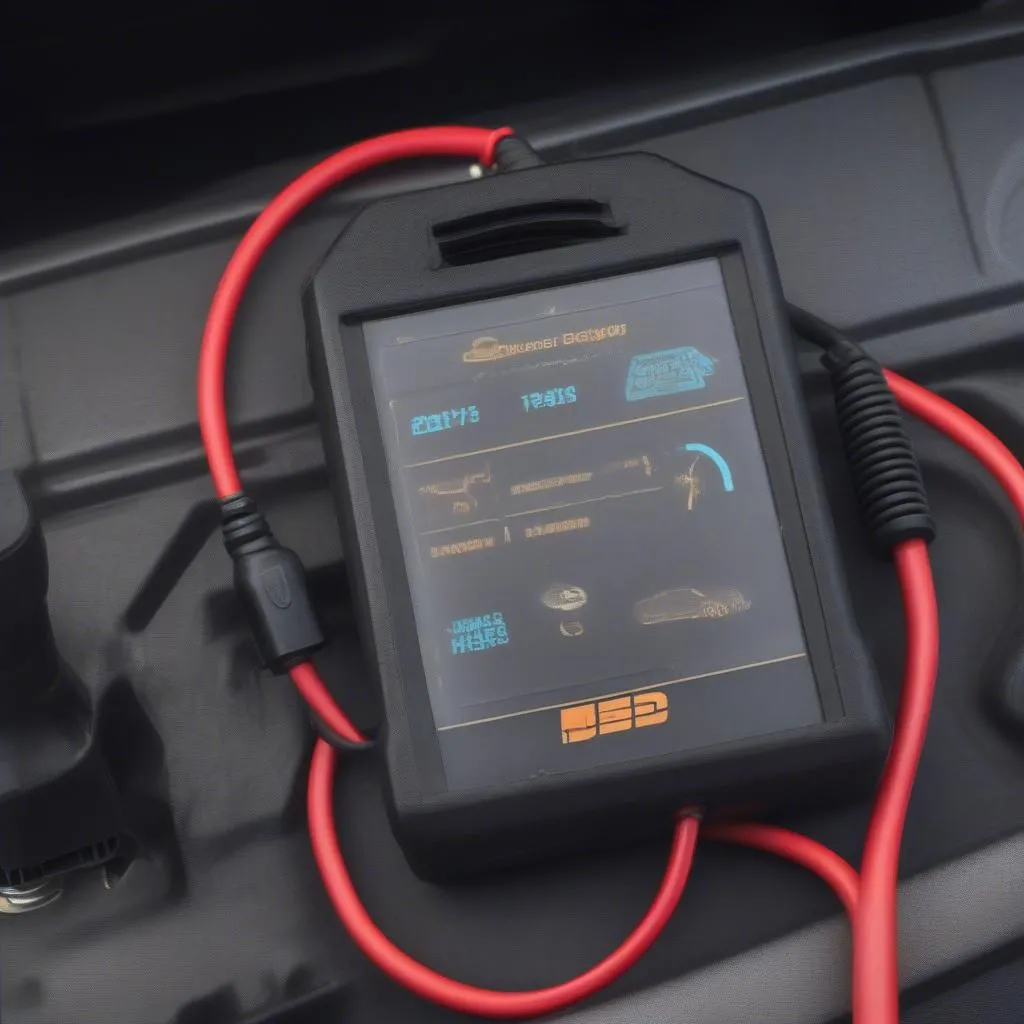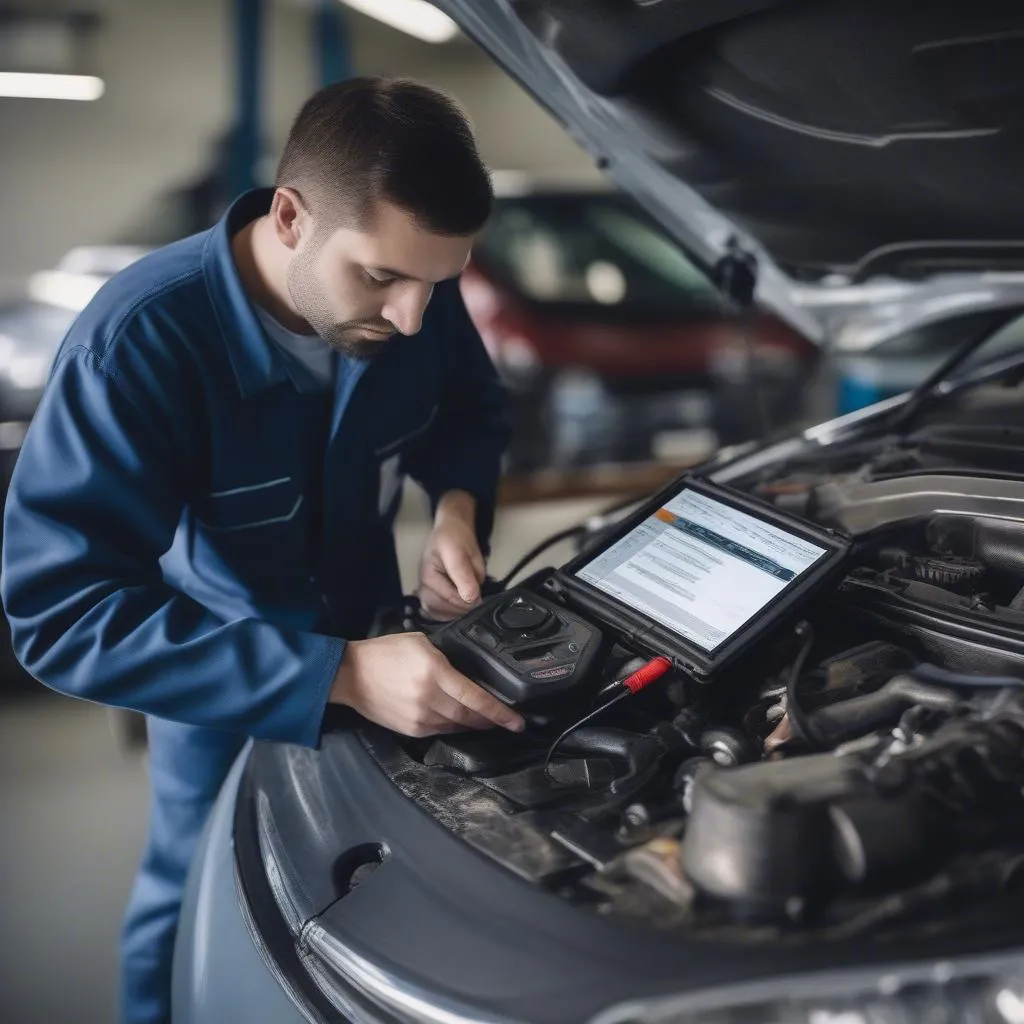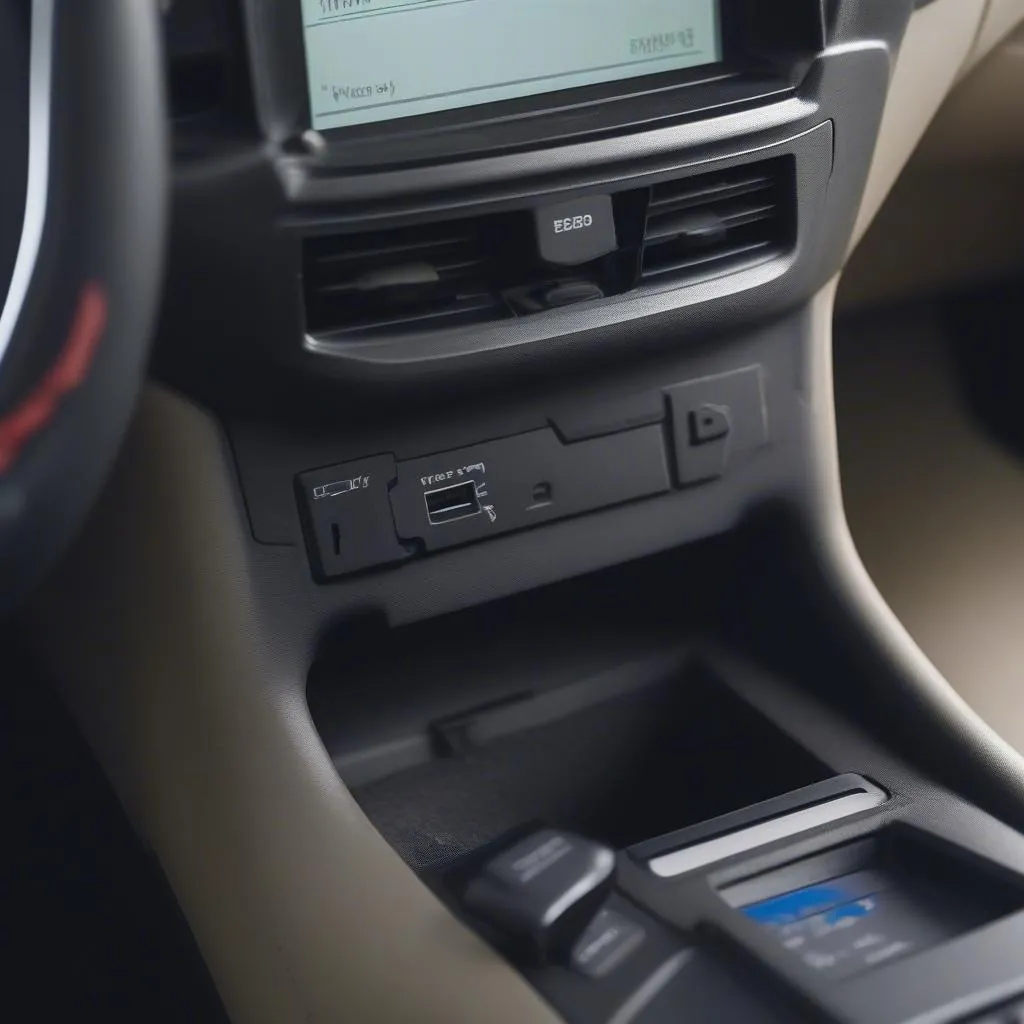Imagine this: you’re driving down the highway, enjoying a scenic route, when suddenly, your car starts acting up. The engine sputters, the check engine light flashes, and you’re left stranded on the side of the road, wondering what went wrong. This scenario might sound familiar to many drivers, and it’s a common problem that can be easily resolved with the help of a car diagnostic tool.
In this guide, we’ll delve into the world of car diagnostic tools, specifically focusing on tools that can utilize the OBD II protocol, a standard communication protocol used in most cars manufactured after 1996.
What is OBD II and Why is it Important?
OBD II, which stands for On-Board Diagnostics II, is a standardized system that allows technicians to diagnose issues with your vehicle’s engine, transmission, and other systems. Think of it as a built-in communication system within your car that can send out signals to indicate problems.
Car diagnostic tools are essentially devices that can read these signals and translate them into readable information. This information can then be used to diagnose and troubleshoot a wide range of problems, from simple issues like a loose gas cap to more complex problems like a malfunctioning catalytic converter.
Can Diagnostic Tools Work with OBD II?
The answer is yes! Diagnostic tools that are compatible with OBD II can be used to read and interpret the information stored in your vehicle’s onboard computer. These tools can communicate with your car’s ECU (Engine Control Unit) and retrieve various data, such as:
- Engine Codes: These codes provide valuable insight into what’s causing the check engine light to come on.
- Sensor Data: Sensors throughout your vehicle, such as the oxygen sensor or the throttle position sensor, send data to the ECU, and diagnostic tools can retrieve this information.
- Live Data: Some diagnostic tools can display live data from your car’s sensors, allowing you to monitor engine performance in real time.
What to Look for in a Diagnostic Tool
Not all diagnostic tools are created equal. When choosing a car diagnostic tool, here are some key factors to consider:
- Compatibility: Make sure the tool is compatible with your car’s model and year. Most OBD II-compatible tools will work with vehicles manufactured after 1996.
- Features: Some tools offer basic functionality, while others come with advanced features like live data streaming, code clearing, and even the ability to reprogram ECU parameters.
- Price: Diagnostic tools vary in price, depending on their features and brand. It’s essential to find a tool that fits your budget and meets your specific needs.
How to Use a Diagnostic Tool
Using a diagnostic tool is relatively straightforward. Here’s a step-by-step guide:
- Locate the OBD II Port: The OBD II port is usually located under the dashboard, near the steering column.
- Connect the Tool: Plug the diagnostic tool into the OBD II port.
- Turn the Ignition Key: Turn the ignition key to the “ON” position, but don’t start the engine.
- Follow the On-Screen Instructions: The tool will guide you through the diagnostic process.
- Read the Results: The tool will display the diagnostic codes, sensor data, or other information based on your specific model.
Frequently Asked Questions
What if I don’t know how to interpret the diagnostic codes?
Don’t worry! There are plenty of resources available to help you understand what the codes mean. You can find online code readers, download apps, or consult a repair manual.
Can I use a diagnostic tool to clear the check engine light?
Yes, most diagnostic tools allow you to clear the check engine light. However, it’s important to understand that clearing the light doesn’t necessarily mean the problem is fixed. The underlying issue should be addressed to prevent it from recurring.
Are there any limitations to using a diagnostic tool?
While diagnostic tools are incredibly useful, they’re not magic wands. They cannot diagnose every problem, and they cannot fix all problems. If you’re facing a complex issue, it’s always best to consult a qualified mechanic.
Conclusion
A car diagnostic tool can be a valuable asset for any car owner. It allows you to stay informed about your vehicle’s health, troubleshoot issues, and save money on potential repairs. Remember, while a diagnostic tool can help you identify problems, it’s always wise to consult a qualified mechanic for more complex issues.
 OBD II Diagnostic Tool Connected to Car
OBD II Diagnostic Tool Connected to Car
 Mechanic Using Diagnostic Tool
Mechanic Using Diagnostic Tool
 OBD II Port Location
OBD II Port Location
If you’re interested in exploring a specific car diagnostic tool for European cars, feel free to visit our website and browse our selection of Dealer Scanner For European Cars. We also offer expert support and installation services.
Don’t hesitate to contact us via Whatsapp at +84767531508 if you have any questions or need assistance with setting up your diagnostic tool. We’re here to help you keep your car running smoothly!